A riptide, often misunderstood and underestimated, is a powerful current capable of pulling even the strongest swimmer out to sea. They are a formidable force of nature and one of the most common hazards beach-goers face. In the United States alone, riptides cause over 100 fatalities annually. This post aims to provide practical guidance on how to identify, prevent, and respond to these hidden threats. As you delve into these important topics, hopefully, this knowledge will empower you to enjoy your beach time safely and responsibly.
Contents
The Complex Nature Of Riptides

Riptides, also known as rip currents, are powerful, fast-moving channels of water that can occur at any beach with breaking waves, including the Great Lakes. They form when waves of varying intensities and frequencies break near the shoreline, creating a force that can pull swimmers away from the beach and out into the open sea. Understanding these currents is critical, as it is their stealth and force that makes them particularly dangerous. Their speed, often reaching 5 mph, exceeds the Olympic swimmer’s average speed, making it impossible to fight directly.
Typically, riptides occur near low spots in the sand or near structures such as jetties and piers. Weather conditions also play a crucial role. Although they can happen at any time, they’re most prevalent and strongest during high surf conditions. These conditions are often associated with storms or high winds, underlining the importance of checking local forecasts before any swimming activity.
Identifying A Riptide
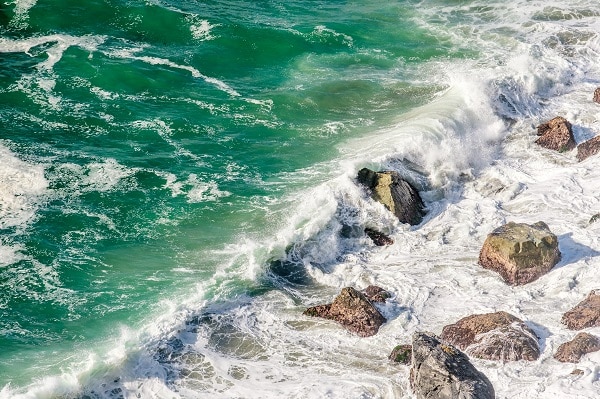
Identifying a riptide can be a challenge, as they are not always visible from the shore. There are, however, several telltale signs you can look for. One key characteristic is a channel of choppy, turbulent water. You may also notice a noticeable difference in water color, where the rip current is happening, typically a darker or muddier color than the surrounding water. Riptides can also be distinguished by a line of foam, seaweed, or debris moving steadily seaward.
While these signs can help in recognizing a riptide, they are not always present or easy to spot, especially for the untrained eye. Therefore, it’s essential to be always vigilant when swimming in the sea. When in doubt, seek the advice of lifeguards or experienced local swimmers.
Preventive Measures
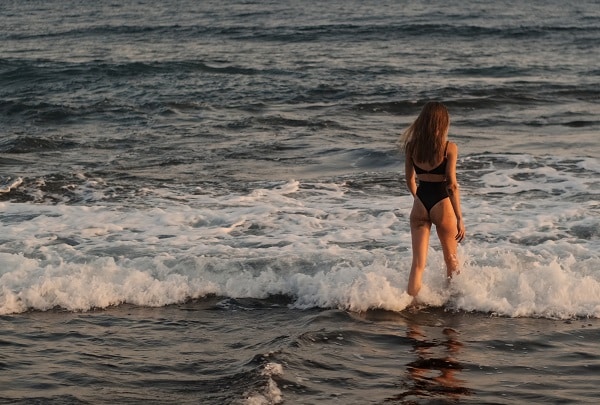
Prevention is the best line of defense against riptides. Always check the beach’s local weather and surf forecasts before you plan your day. Be mindful of any warnings about possible riptides. Even on a calm, sunny day, riptides can still occur. The National Weather Service provides surf zone forecasts that can help you stay informed.
Another key preventive measure is swimming in areas supervised by lifeguards. They are trained to identify potential hazards, including riptides, and can guide you to safer swimming areas. Lifeguards are also there to provide immediate assistance if you get caught in a riptide. If you’re not a strong swimmer or new to sea swimming, consider using a flotation device, such as a life jacket, to give you additional safety.
Immediate Response To Being Caught In A Riptide
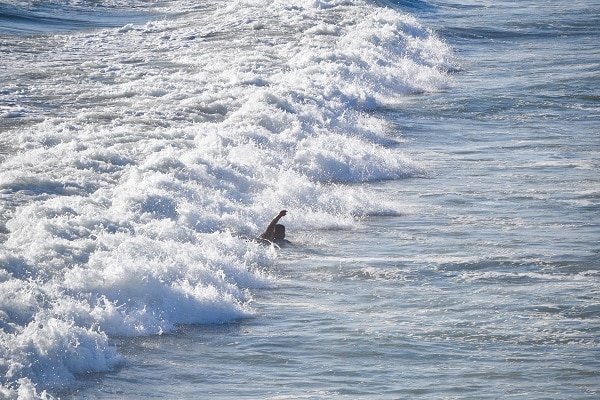
If you find yourself caught in a riptide, the most crucial thing to remember is to stay calm and conserve your energy. Panic can cause you to make rash decisions and exhaust your energy, which will only exacerbate the situation. Resist the instinct to swim directly back to shore, as this is usually against the riptide’s pull. Instead, try to float or tread water. Floating allows you to save energy and keeps you on the water’s surface, making you easier to spot by rescuers.
While floating, it’s important to signal for help. Wave your arms and shout to draw attention to your situation. Alerting those on shore can get you the help you need more quickly. Even if you’re a strong swimmer, remember that the power of the ocean can quickly exhaust your strength. Relying on others in these scenarios is not a sign of weakness but an acknowledgment of the riptide’s power.
Safe Exit Strategies
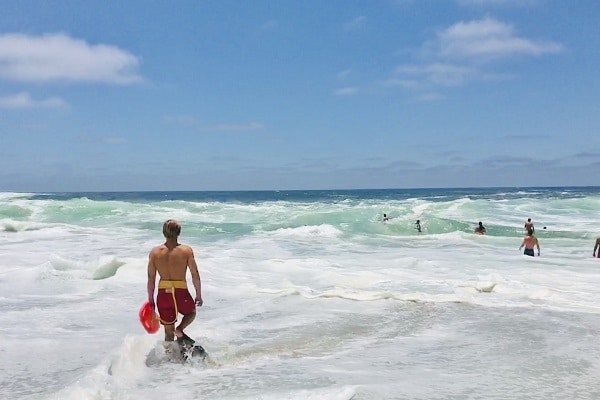
When caught in a riptide, one effective exit strategy is to swim parallel to the shore. Riptides are usually narrow, and by swimming alongside the shoreline, you can escape the current’s pull. Once you feel the force lessening, swim diagonally back towards the shore. Again, it’s important to remain calm and pace yourself to conserve energy.
If the current is too strong, or you’re unable to swim, another strategy is to tread water and float. The riptide will eventually lose power further from the shore, where you can then start swimming parallel until you’re out of the current. Regardless of the strategy you choose, remember to signal for help continuously. Lifeguards and other beachgoers can assist you, but only if they know you’re in trouble.
Assisting Someone Else Caught In A Riptide
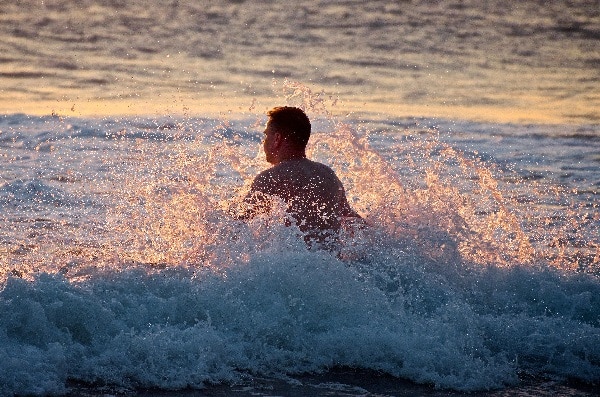
If you notice someone else caught in a riptide, the first thing you should do is alert a lifeguard or call emergency services if no lifeguards are available. Give clear, concise information about the situation and the victim’s location. Do not attempt to rescue them yourself unless you have proper lifesaving training. Riptides are powerful, and an untrained person could quickly become another victim.
Instead, if possible, throw the person a flotation device attached to a rope or something that floats. This could buy the person more time and help them stay afloat until professional help arrives. Make sure to continue signaling for help and keep the victim in sight until help arrives.
The Role Of Training And Education

Knowing how to respond to a riptide is crucial, but knowing how to swim well is equally important. Basic swimming skills can be lifesaving in many situations, not just when facing a riptide. Therefore, it’s highly recommended to take swimming lessons if you’re not a confident swimmer. There are various swimming courses available, designed for different ages and abilities.
Apart from swimming skills, it’s crucial to educate oneself about beach safety and riptides. Several organizations offer water safety courses and lifeguard training that include comprehensive education on riptides. Regularly updating your knowledge and understanding of riptides could save your life or help you save someone else’s.
Riptide Myths And Misconceptions
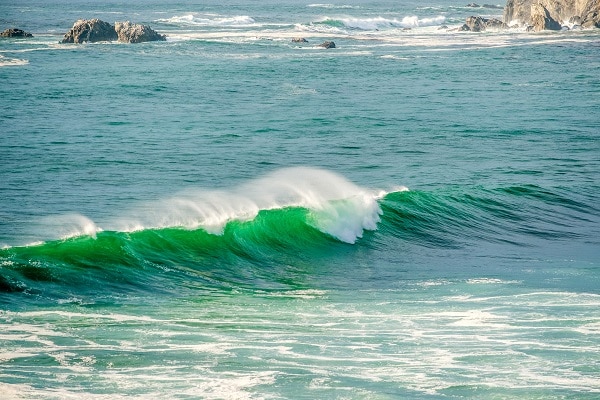
When it comes to riptides, misconceptions abound, and these can, unfortunately, contribute to dangerous situations. For instance, some people believe that riptides pull swimmers under the water. However, this isn’t true. While riptides can pull a swimmer away from the shore quickly, they don’t pull you under. What often causes drowning in such situations is panic, struggle, and exhaustion, not being pulled under the water.
Another common misconception is that riptides only occur in large, stormy seas. While they can indeed be stronger during rough seas, riptides can form in any large body of water with breaking waves, including calm, seemingly peaceful waters. Underestimating their power and unpredictability can lead to serious consequences. This is why being informed and aware is so important when enjoying time near the water.
Be Aware Of The Dangers Of Riptides!
Navigating the potential dangers of riptides might seem overwhelming, but armed with the right information and a calm, prepared mindset, you can safely enjoy the beauty and excitement the sea offers. From understanding and identifying riptides to knowing the appropriate response when caught in one, knowledge is your greatest ally. And this knowledge should not remain with you alone. Share it with your family, friends, and fellow beach-goers. Because when it comes to riptides, ignorance can be deadly, but awareness can save lives. The sea, with all its wonder, deserves your respect, caution, and understanding.


